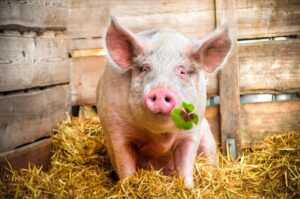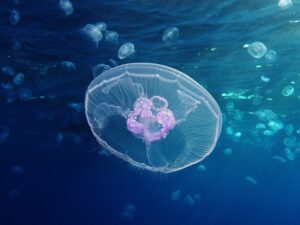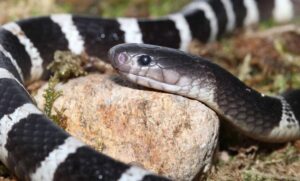Just like humans, all animals need to eat to live and grow. However, some animals can stay healthy and survive for long periods without food, even for up to 30 years. Let’s explore KnowAllAnimals‘ list of “Animals That Can Survive Without Food“!
1. Top 5 Animals That Can Survive Without Food for an Astonishingly Long Time
Survival in the wild often depends on how well animals can adapt to extreme conditions. Some creatures have developed an extraordinary ability to live without food for weeks, months, or even years. Let’s explore the top 5 animals that can survive astonishingly long periods without eating.
1.1. Ball Python – 6 Months
- Kingdom: Animalia
- Phylum: Chordata
- Class: Reptilia
- Order: Squamata
- Suborder: Serpentes
- Family: Pythonidae
- Genus: Python
- Species: P. regius
The ball python (Python regius) is a snake native to Africa. The name “ball python” comes from its tendency to curl into a tight ball when stressed or threatened. The ball python is a picky eater and can go without food for many months, especially during the winter and breeding season.
The ball python has a very slow metabolism, so it can store enough energy to move for about 6 months without needing food. The reason the ball python is so good at fasting is that it’s a cold-blooded animal (poikilotherm), so it doesn’t need to eat frequently to maintain its body temperature like warm-blooded animals (homeotherms). Furthermore, it needs many days to digest its food.

1.2. Scorpion – 1 Year
- Kingdom: Animalia
- Phylum: Arthropoda
- Subphylum: Chelicerata
- Class: Arachnida
- Clade: Arachnopulmonata
- Order: Scorpiones C. L. Koch, 1837
A scorpion is an eight-legged invertebrate belonging to the class Arachnida. Scorpions are one of the creatures that can live comfortably in the world’s most extreme environments. A scorpion can fast for up to a year.
According to scientists, evolution over millions of years has given scorpions the ability to slow down their metabolism. A scorpion can consume an amount of food equal to one-third of its body weight in a single meal. Therefore, scorpions can live without eating for long periods.
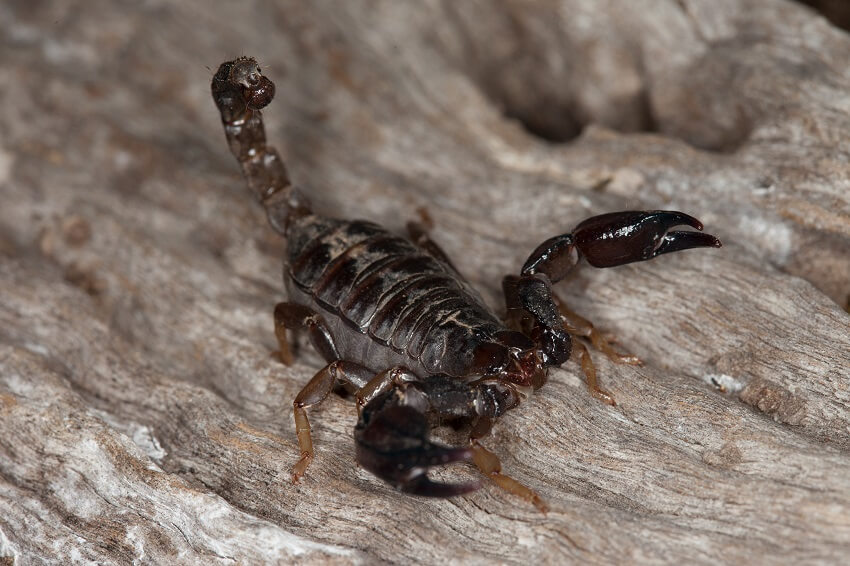
1.3. Crocodile – 3 Years
- Domain: Eukaryota
- Kingdom: Animalia
- Phylum: Chordata
- Class: Reptilia
- Clade: Eusuchia
- Order: Crocodilia Cuvier, 1807
Crocodiles are members of the family Crocodylidae (sometimes classified as the subfamily Crocodylinae). They are known as “swamp assassins” for their flexible and intelligent hunting methods. You would think that with such a fearsome ability, their hunting success rate would be very high, yet crocodiles are one of the species that can survive for a very long time without eating or drinking anything.
In fact, if a crocodile has a huge meal, it can go without food for up to three years without its health being affected. Scientists have explained this phenomenon by a process called aestivation, or summer sleep. This phenomenon is similar to hibernation but differs in that this process helps them conserve energy to survive during periods of food scarcity.

1.4. Olm – 10 Years
- Kingdom: Animalia
- Phylum: Chordata
- Class: Amphibia
- Order: Urodela
- Family: Proteidae
- Genus: Proteus Laurenti, 1768
- Species: P. anguinus
The olm (Proteus anguinus) is the only cave-dwelling vertebrate found in Europe, belonging to the genus Proteus. They typically live in underwater caves in the Balkans and Italy. The olm has the ability to live for decades without… eating or drinking.
A team of scientists from Eötvös Loránd University in Hungary studied the lifestyle and habits of this species. They found that the olm is so good at fasting because it has a very low metabolism. Their diet mainly consists of snails and crustaceans. However, since these species are not abundant in their caves, the olm can absorb nutrients from its own tissues to provide its body with extra energy.
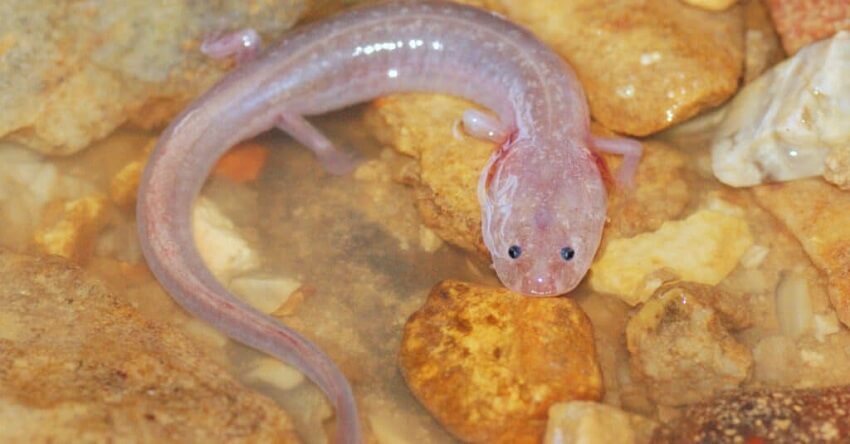
1.5. Tardigrade – 30 Years
- Kingdom: Animalia
- Subkingdom: Eumetazoa
- Clade: ParaHoxozoa
- Clade: Bilateria
- Clade: Nephrozoa
- Clade: Protostomia
- Superphylum: Ecdysozoa
- Clade: Panarthropoda
- Phylum: Tardigrada Spallanzani, 1776
Tardigrade, or water bear, is a common name for the phylum Tardigrada. They are tiny, water-dwelling creatures belonging to a group of microscopic eight-legged animals. They were first described by the pastor Johann August Ephraim Goeze in 1773. The name Tardigrada was given three years later by the Italian biologist Lazzaro Spallanzani.
Measuring only a millimeter long, the tiny body of a water bear hides many superpowers that help it endure extreme conditions, such as the ability to live without food for 30 years. According to scientists, when a tardigrade enters its metabolic process, it can slow this process down to just 0.01% of its normal rate. This incredible ability allows them to move around without food for decades.

2. FAQs
1. What animal can fast for the longest time, up to 30 years?
The water bear (Tardigrade) – a microscopic animal just about 1 mm long – has the ability to live without food for up to 30 years by slowing its metabolism to just 0.01% of its normal rate.
2. What animal can stay healthy with a 6-month fast?
The ball python (Python regius) – thanks to its very slow metabolism (it’s a cold-blooded species), it can fast for about 6 months while maintaining normal health.
3. What animal can go without eating for one full year?
The scorpion – an invertebrate from the class Arachnida, thanks to its ability to slow down its metabolism and consume large amounts of food in one sitting, it can live for a year without food.
4. What animal can fast for up to 3 years after one big meal?
The crocodile – after a hearty feast, this animal can fast for up to 3 years without its health being affected, thanks to its ability to conserve energy through a state similar to “aestivation.”
5. What animal can live for decades without eating?
The olm (Proteus anguinus) – living in caves in Europe, it has a very low metabolism and sometimes absorbs nutrients from its own tissues, allowing it to live for decades without eating.
3. Conclusion
The ability of these Animals That Can Survive Without Food not only makes them special in the natural world but also shows their extraordinary power to adapt to harsh environments. Learning about these creatures helps us broaden our perspective on biodiversity and better appreciate the intense vitality of nature.

